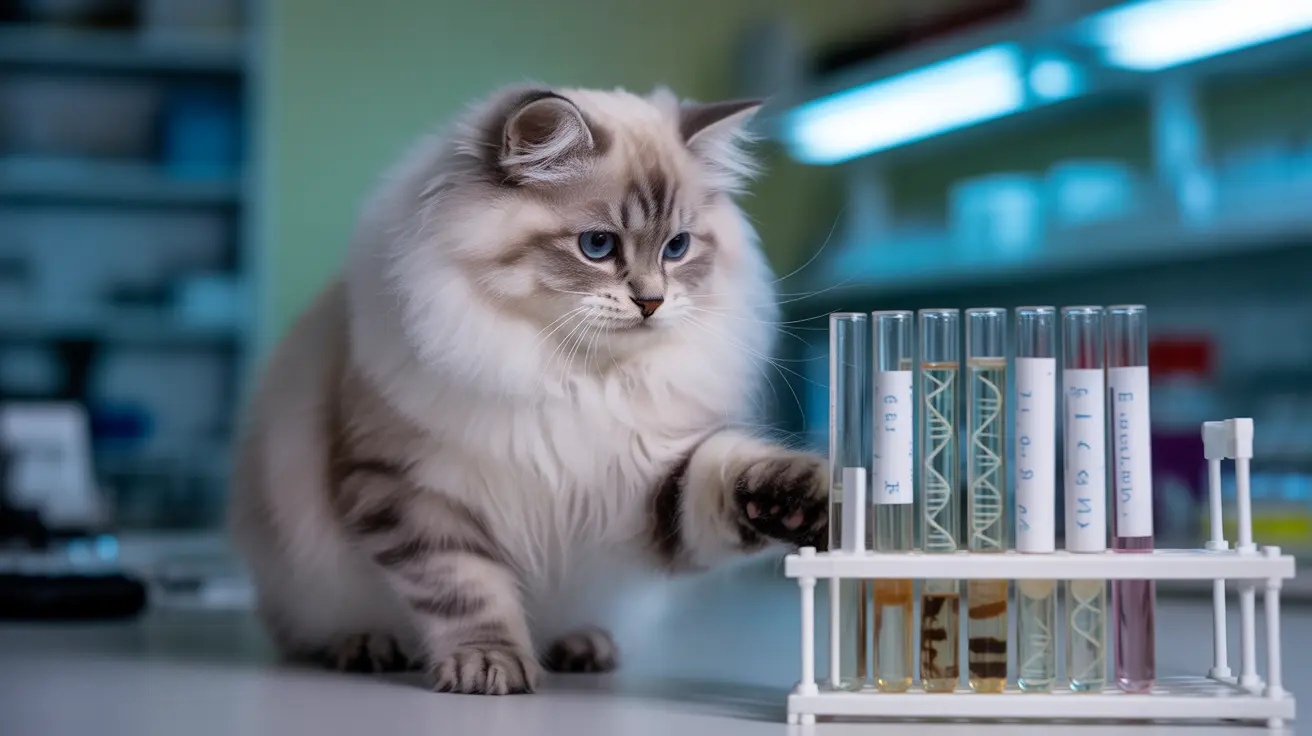When your cat experiences vaginal discharge, it can be concerning and confusing. This common health issue ranges from normal post-pregnancy discharge to signs of serious medical conditions. Understanding the different types, causes, and warning signs of cat vaginal discharge is crucial for every cat owner.
In this comprehensive guide, we'll explore everything you need to know about vaginal discharge in cats, including when it's normal, when it's cause for concern, and what actions you should take to protect your feline friend's health.
Types of Vaginal Discharge in Cats
Cat vaginal discharge can appear in several forms, each potentially indicating different underlying conditions:
- Clear or white discharge: May be normal during heat cycles
- Bloody discharge: Could indicate pregnancy complications or infection
- Green or black discharge: Normal immediately post-birth but concerning if persistent
- Pus-like discharge: Often indicates infection, particularly pyometra
Common Causes of Vaginal Discharge
Normal Physiological Causes
Some vaginal discharge is normal, particularly during:
- Heat cycles
- Pregnancy
- Immediate post-partum period
Medical Conditions
More serious causes include:
- Pyometra (uterine infection)
- Vaginitis
- Urinary tract infections
- Reproductive tract tumors
- Trauma to the reproductive tract
When to Be Concerned
Seek immediate veterinary care if you notice:
- Foul-smelling discharge
- Excessive amounts of discharge
- Dark-colored or pus-like discharge
- Discharge accompanied by lethargy, fever, or decreased appetite
- Persistent discharge lasting more than a few days
Prevention and Treatment Options
The best prevention for many discharge-related conditions is spaying your cat. This surgical procedure eliminates the risk of pyometra and many other reproductive health issues.
Treatment options vary based on the underlying cause:
- Antibiotics for bacterial infections
- Surgery for pyometra or tumors
- Supportive care for post-pregnancy complications
- Medical management for minor infections
Monitoring Your Cat's Health
Regular monitoring of your cat's health includes:
- Checking for unusual discharge during grooming
- Watching for changes in behavior or discomfort
- Maintaining regular veterinary check-ups
- Keeping detailed records of any health changes
Frequently Asked Questions
What are the common causes of vaginal discharge in cats and how can I tell if it's serious?
Common causes include heat cycles, pregnancy, infections like pyometra, and trauma. It's serious if the discharge is foul-smelling, pus-like, or accompanied by symptoms like lethargy, decreased appetite, or fever.
How can I identify different types of vaginal discharge in my cat and what do their colors mean?
Clear/white discharge often relates to heat cycles, bloody discharge may indicate pregnancy complications or infection, green/black discharge is normal post-birth but concerning if persistent, and pus-like discharge usually indicates infection.
When should I take my cat to the vet if I notice vaginal discharge?
Seek veterinary care immediately if the discharge is foul-smelling, excessive, pus-like, or accompanied by other symptoms like lethargy or fever. Any discharge lasting more than a few days should be evaluated.
Can spaying my cat prevent vaginal discharge related to infections like pyometra?
Yes, spaying prevents pyometra and many other reproductive health issues that cause vaginal discharge. It's the most effective preventive measure for these conditions.
What treatments are available for vaginal discharge caused by infections or other reproductive issues in cats?
Treatments vary by cause but may include antibiotics for infections, surgery for conditions like pyometra, and supportive care for post-pregnancy complications. Your vet will determine the best treatment based on the specific cause.






